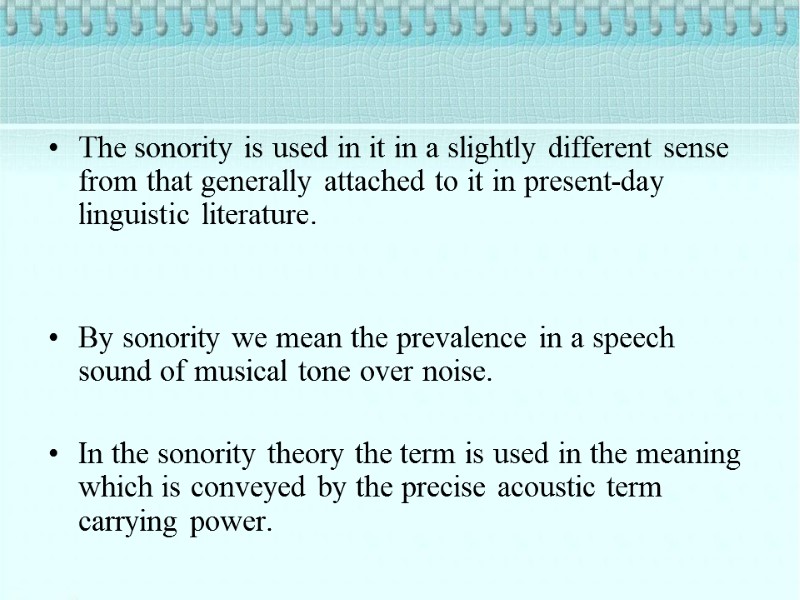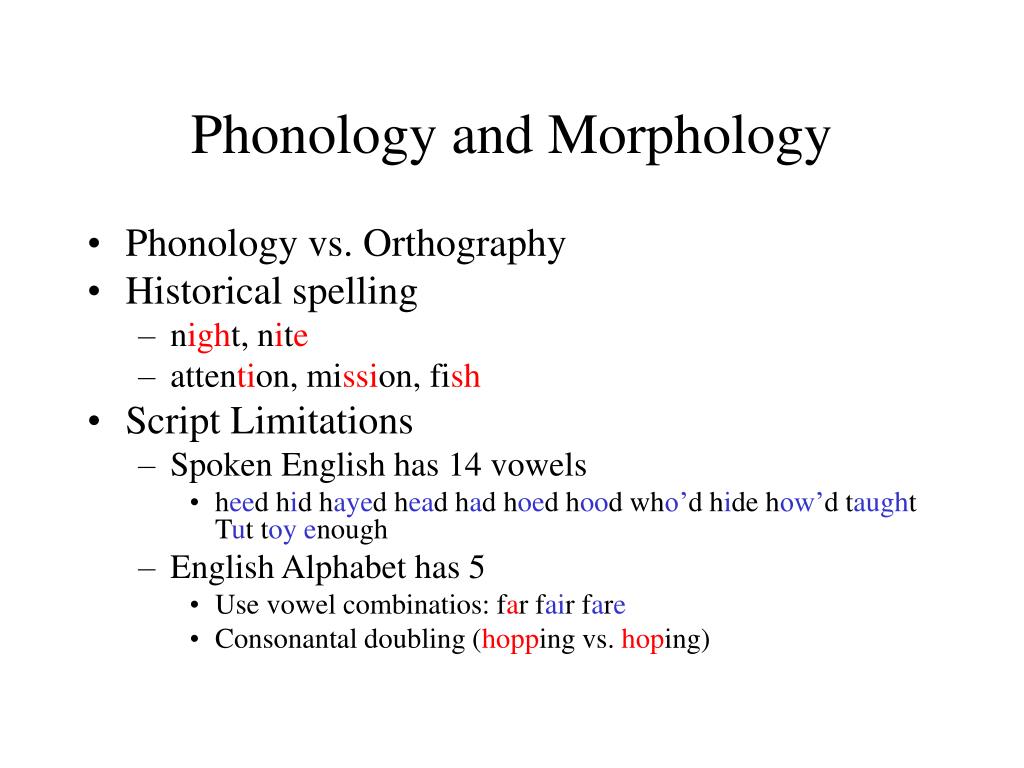

The clincher of the bigram trough hypothesis to account for mapping letter clusters that frequently co-occur onto syllables and define perceptual syllable boundaries (i.e., “AN.VIL” e.g., Seidenberg, 1987 Doignon-Camus et al., 2009a, b, 2013) is that letter co-occurrences straddling syllable boundaries (e.g., the bigram “NV” in “ANVIL”) are of lower frequency than letter co-occurrences preceding or after syllable boundaries (i.e., “AN” and “VI”). Questions come from controversies-and inconsistencies-in studies that banked on quantifiable orthographic statistical-and distributional-properties, like the bigram trough ( Seidenberg, 1987), either in children (e.g., in French, Kandel et al., 2011 Doignon-Camus et al., 2013 Doignon-Camus and Zagar, 2014 Maïonchi-Pino et al., 2015a) or in adults (e.g., in French, Doignon and Zagar, 2005, 2006 Doignon-Camus et al., 2009b in Spanish, Carreiras et al., 1993 Conrad et al., 2009 in English, Rapp, 1992 Muncer et al., 2014). This a priori focus on an “all is a matter of statistical properties” could not be the sole and unique approach to account for these syllable-based effects. Uncontroversial literature-including electrophysiological markers-either in tasks that do or do not tap into lexical access apparently supports the leading role of sound and letter co-occurrences within and across syllables to account for these syllable effects (e.g., initial syllable frequency, etc.

In syllable-timed languages such as French, there is robust evidence that supports the syllable as a perceptual and functional unit that early and automatically mediates the access to the lexicon and drives the segmentation strategies in the first steps of visual (pseudo)word processing in adults (e.g., Ferrand et al., 1996 Mathey and Zagar, 2002 Doignon and Zagar, 2005 Mathey et al., 2013). We discuss our results toward the overlooked role of phonological universals and the over-trusted role of statistical information during reading processes.

Our results show that syllable location and segmentation in reading is early and automatically modulated by phonological sonority-related markedness in the absence or quasi-absence of statistical information and does not require acoustic-phonetic information. To address this question, we ran two tasks with 128 French adult skilled readers using two versions of the illusory conjunction paradigm (Task 1 without white noise Task 2 with white noise).

Here, we investigate whether French adult skilled readers rely on universal phonological sonority-related markedness continuum across the syllable boundaries for segmentation (e.g., from marked, illegal intervocalic clusters / zl/ to unmarked, legal intervocalic clusters / lz/). Indeed, syllable-based effects could depend on more abstract, universal phonological constraints that rule and govern how letter and sound occur and co-occur, and readers could be sensitive to sonority-a universal phonological element-for processing (pseudo)words. Although these language-specific statistical properties are crucial, recent data suggest that studies that go all-in on phonological and orthographic regularities may be misguided in interpreting how-and why-readers locate syllable boundaries and segment clusters. Many studies focused on the letter and sound co-occurrences to account for the well-documented syllable-based effects in French in visual (pseudo)word processing.


 0 kommentar(er)
0 kommentar(er)
